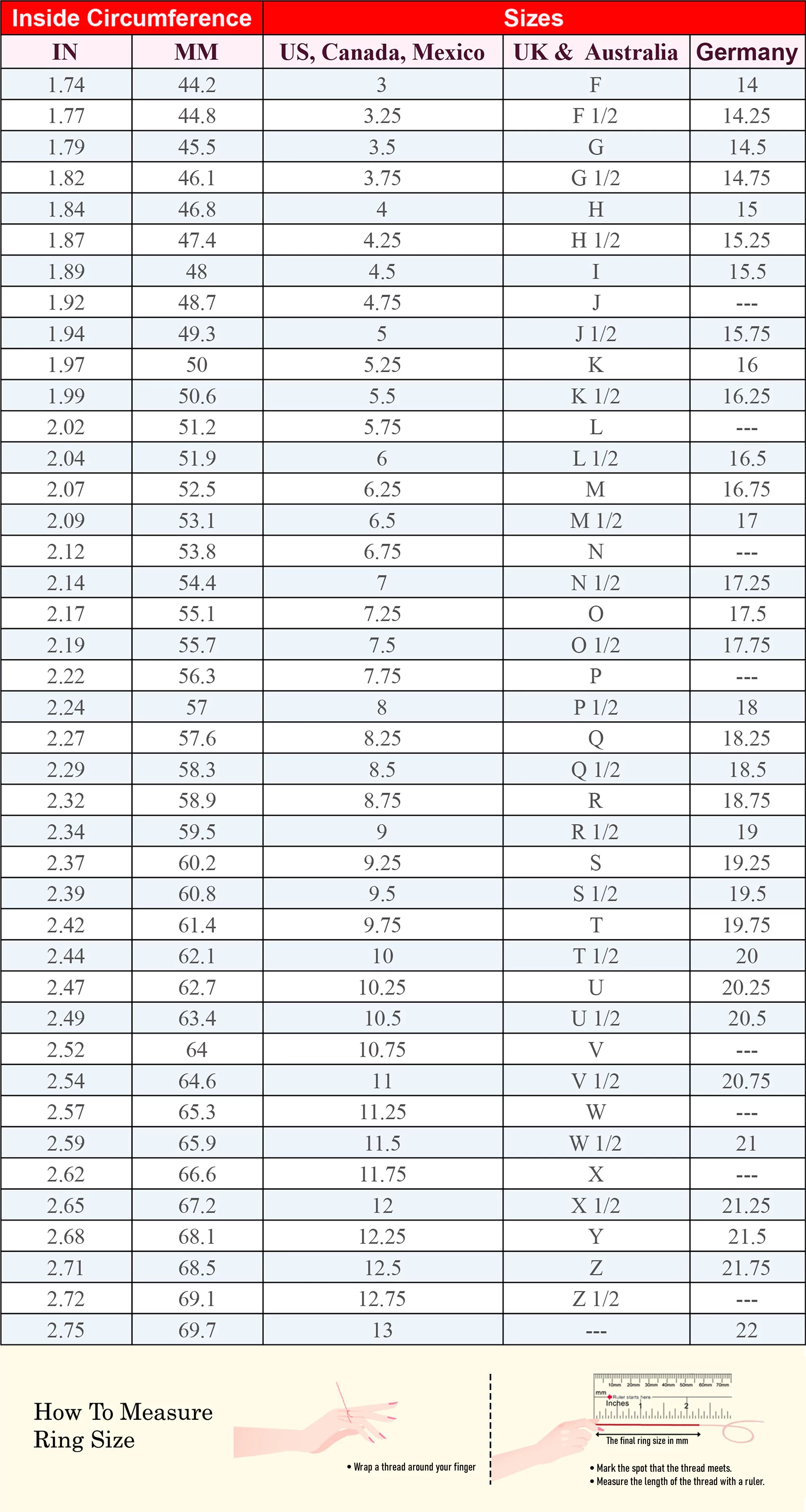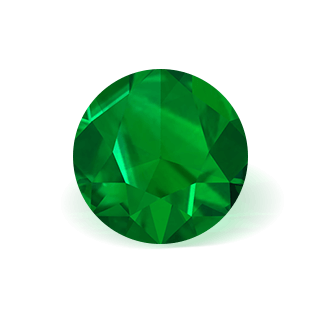Need Help?
Our jewelry specialists are happy to answer your questions about this product.
Terms & Conditions
- This promotion cannot be combined with any other ongoing offers.
- Offer Applicable with Free 0.5 CT Moissanite Studs on your first order only, not on subsequent orders.
- Offer Not Applicable on Single Product Return.
- Offer Not Applicable with Ready To Ship Products.
- If you decide to return an item once purchased, you will not be eligible for the 21% offer at that time. The refunded amount will be based on the original price of the item you're returning minus the automatic discount.
Let's clarify it with an example:
Original Purchase: You bought two products for $1000 with a 21% discount, so you paid $790 in total. Each product's original price was $500, and after the discount, you paid $395 for each.
If you return one item, you won't get the discount back on that item. Instead, your refund will be based on the original price minus the current discount.
Calculation for Return: Let's say the current discount is 15%. Your refund will be the original price minus the current discount.
So, if you return one item:
Refund = Original Price - (Original Price * Current Discount)
Refund = $500 - ($500 * 0.15) = $425.
After the discount deduction amount will be $425. Considering the total amount you paid for both products $790, your net refund will be $365.
Size Chart


 Cartilage Earrings
Cartilage Earrings Helix Earrings
Helix Earrings Conch Earrings
Conch Earrings Tragus Earrings
Tragus Earrings Nose Piercing Jewelry
Nose Piercing Jewelry




